Partnered with #1 ADU Builders
Need Help Finding Land Surveying Services In Santa Cruz, CA?
Find a Land Surveyor In Santa Cruz, CA - Find the Best Land Surveying Companies
What Our Clients Say
Customer Reviews
#1 Resource for Finding Trusted Land Surveyors in Santa Cruz
Golden State Design & Engineering helps clients across California connect with professional land surveyors for their residential and commercial projects. Backed by years of industry experience, we guide you to qualified experts who deliver accurate results using the latest technology. Whether you need a boundary, topographic, or construction survey, we’re here to help you find the right surveying partner to meet your needs and exceed your expectations.
What is Land Surveying?
Land surveying is the process of measuring, mapping, and analyzing the physical features of a piece of land. It involves using specialized equipment to determine property boundaries, elevation changes, and other important details that are crucial for development or construction projects. The land surveying profession also includes creating legal documents such as boundary surveys and subdivision plans.
What to Expect from the Land Surveyors We Work With in Santa Cruz
Step 1: Initial Consultation
The process begins with an initial consultation where they discuss the project's specifics, gather necessary information about the property, and understand the client's objectives. This helps them determine the scope of work and any unique considerations.
Step 2: Preliminary Research
Before heading to the location, the team conducts preliminary research, which includes reviewing the existing land records, parcel maps, subdivision maps, and legal documents. This step ensures they have a comprehensive understanding of the property and its history.
Step 3: Field Survey
During the field survey, their surveyors use state-of-the-art equipment such as GPS, total stations, and drones to gather precise measurements and data. This step is crucial in accurately capturing the property's geographical and topographical features.
Step 4: Data Analysis and Mapping
Once field data is collected, the team analyzes the information and processes it using advanced software to create detailed final maps and diagrams. This analysis helps identify property boundaries, easements, and any potential encroachments.
Step 5: Deliverables and Reporting
In the final step, they provide the client with comprehensive documentation, including maps, reports, and any necessary legal documents. They also offer consultations to discuss findings and answer any questions, ensuring the client fully understands the survey results.
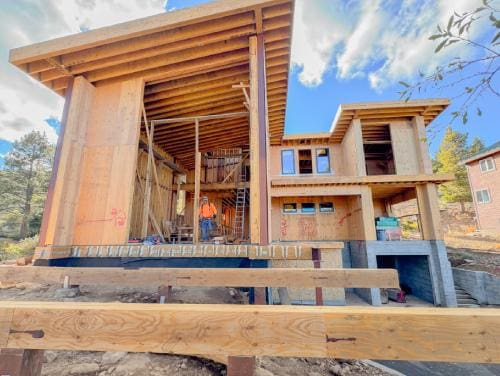
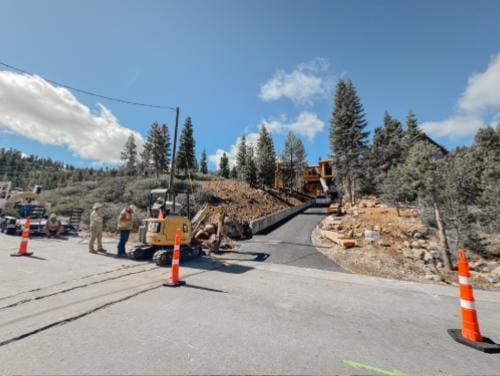
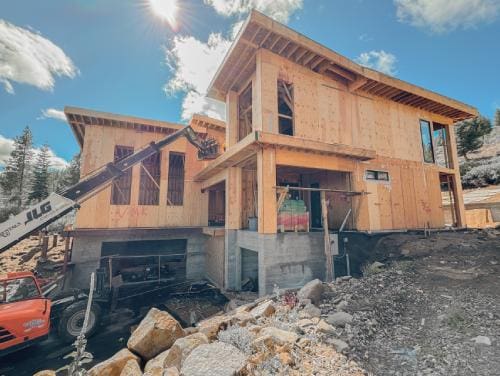

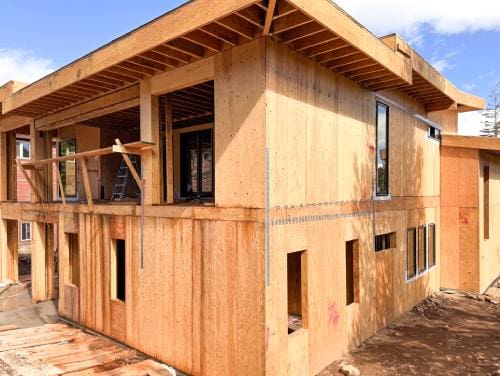
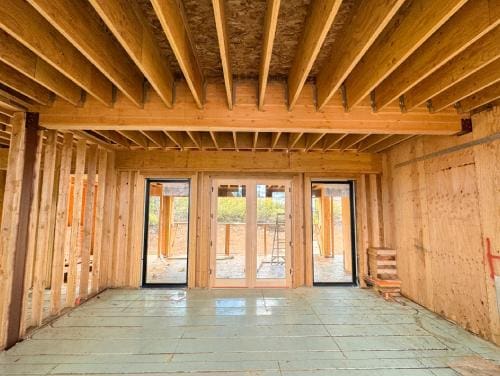




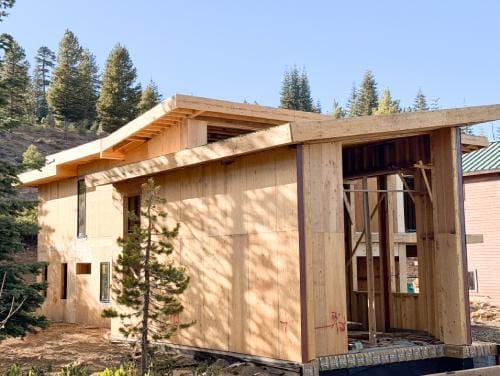

Full Scope Project Types
-
Typical Required Services:
- Architectural Plans
- MEP Plans
- Title 24
- Solar Plans
- Fire Sprinkler Plans
- Land Surveying
- Civil Engineering
- Structural Engineering Plans
- 3rd Party Coordination
- Permitting
-
Typical Required Services:
- Architectural Plans
- MEP Plans
- Title 24
- Solar Plans
- Fire Sprinkler Plans
- Structural Engineering Plans
- 3rd Party Coordination
- Permitting
-
Typical Required Services:
- Architectural Plans
- MEP Plans
- Title 24
- Solar Plans
- Fire Sprinkler Plans
- Structural Engineering Plans
- Permitting
-
Typical Required Services:
- As-built Plans
- Architectural Plans
- Landscaping Plan
- 3D Rendering
- MEP Plans w/ Engineering Stamp
- Title 24 w/ LEED
- Solar Plans
- Fire Sprinkler Plans
- Land Surveying
- Planning
- Civil Engineering
- Structural Engineering Plans
- 3rd Party Coordination
- Permitting
- Construction Administration
-
Typical Required Services:
- As-built Plans
- Architectural Plans
- Landscaping Plan
- 3D Rendering
- MEP Plans w/ Engineering Stamp
- Title 24 w/ LEED
- Solar Plans
- Fire Sprinkler Plans
- Land Surveying
- Planning
- Civil Engineering
- Structural Engineering Plans
- 3rd Party Coordination
- Permitting
- Construction Administration
-
Typical Required Services:
- Land Surveying
- Planning
- Civil Engineering
- Structural Engineering
- 3rd Party Coordination
- Permitting
Individual Speciality Services
-
Sheets Included:
- Cover Sheet
- Site Plan
- Floor Plan
- Elevations
- Roof Plan
- MEP Plan
-
Sheets Included:
- Cover Sheet
- General Notes
- Low-Rise Mandatory Measures
- Site Plan
- Floor Plans
- Elevations
- Roof Plan
- Reflective Ceiling Plan
- Window & Door Schedule
- Architectural Details
- Exterior Material Callouts
- Outline Specifications
-
Sheets Included:
- Topographic Surveys
- Boundary Surveys
- Construction Staking
- Monumentation
- FEMA Elevation Certificate
-
Sheets Included:
- Tentative Parcel Mapping
- Final Parcel Mapping
- Tentative Sudivision Mapping
- Final Sudivision Mapping
- Lot Line Adjustments
- Lot Mergers
- Zoning Changes
- Plot Plans
- Variances
- Conditional Use Permits
-
Sheets Included:
- Grading Plans
- Erosion Control Plans
- Utility Plans
- Fire Access Plans
- Sewer Lower Lateral Plans
- Drainage Plans
- Street Improvement Plans
-
Sheets Included:
- Foundations Plan
- Floor Framming Plan
- Roof Framing Plan
- Shear Wall Plan
- Retrofit Design
- Truss Design & Review
- Structural Load Calculations
- Structural Detailing & Sectioning
- Special Inspections
Contact Us
GoldenState Design & Engineering Proud to be Recognized by
What Makes GoldenState Design & Engineering Unique
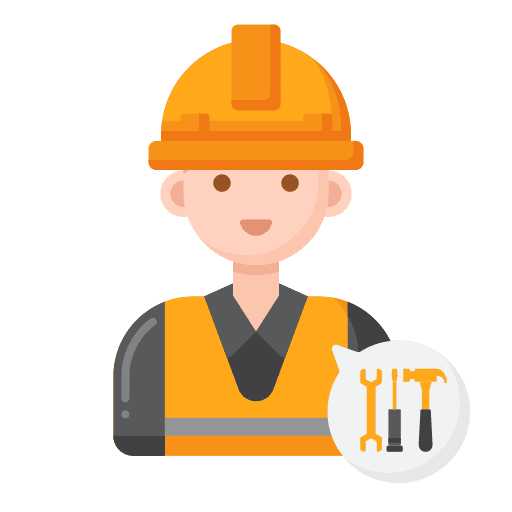
BUILDING FOR YOU

CERTIFICATIONS

BIGGER SAVINGS

DESIGNER SHOWROOM

NO HIDDEN COSTS

SUPERIOR PRODUCT

TRUSTED SOURCES

ECO FRIENDLY

NO PRESSURE SALES
Frequently Asked Land Surveying Near Me Questions
What is the purpose of a boundary survey?
A boundary survey serves to accurately locate the perimeter of a property, defining the legal boundaries and providing essential information on the size and shape of the parcel. It involves a thorough examination of public records, historical maps, and previous surveys related to the property. The findings are then used to prepare a detailed map that highlights each property line and any encroachments or discrepancies. Property owners or potential buyers often request boundary surveys to avoid legal disputes, especially when planning renovations or constructions near the edges of their land. This survey ensures that the land owners have full knowledge of the property boundaries, helping to avoid any accidental infringements on neighboring lands.
How long does it typically take to complete a land survey?
The duration of a land survey depends on several factors, including the size and complexity of the property, the type of survey required, and the current workload of the land surveying firm. Small, straightforward projects such as a standard residential land survey might be completed in a few days to a week. Conversely, larger or more complicated surveys, such as topographic or ALTA/NSPS Land Title surveys for commercial properties, may take several weeks to complete. Unforeseen issues, such as inclement weather or difficulties accessing certain areas of the property, can also extend the timeline.
What equipment is used in modern land surveying?
Modern land surveying relies on a range of advanced tools and technology to ensure precision and efficiency. Some of the main equipment used includes GPS units, which allow surveyors to pinpoint exact locations using satellite data. Total stations, which combine electronic distance measurement with angle measurement, are instrumental in gathering accurate point data. Drones equipped with high-resolution cameras and LIDAR systems are increasingly used for aerial surveys, providing detailed topographical maps and site data. Advanced software is then used to process this data, generating precise maps and diagrams for clients. These technologies help ensure the high accuracy of surveys and greatly enhance the speed at which data can be collected and processed.
How does a topographic survey differ from a boundary survey?
While both surveys are crucial in land management, they serve different purposes. A boundary survey focuses on determining the precise legal perimeters of a property, delineating its boundaries clearly. It typically involves research into legal documents and fieldwork to determine the extents of the property lines. On the other hand, a topographic survey maps the elevations and detailed features of a property, such as buildings, trees, and other landscape features. The purpose is to provide a three-dimensional view of the land that informs planning and design processes, especially for construction and land development projects. Topographic surveys are essential for engineers and architects as they provide vital information needed for project planning and execution.
Are land surveys mandatory for buying property?
While not always legally required, land surveys are highly recommended when purchasing property. A survey provides crucial information about the property corners, area, and topographical details, which may not be evident from legal descriptions or existing maps. This is especially important for potential buyers to confirm that the property aligns with their understanding or intentions and that there are no boundary disputes or encroachments. A property land survey can highlight any existing or potential issues, allowing the buyer to address them before the transaction is completed. In some cases, lenders or title insurers might require a land survey as part of the mortgage approval process to protect against boundary-related claims.
What steps should I take if there is a discrepancy in my property boundaries?
If you suspect or discover a discrepancy in your property boundaries, the first step is to hire a licensed surveyor to conduct a new and thorough boundary survey. This independent survey will clarify the current boundaries and either confirm or resolve any discrepancies. Armed with this data, you can then attempt to clarify the issue with neighboring landowners amicably. If a resolution cannot be reached, it may be necessary to engage a real estate attorney to review survey results and determine how to proceed legally. In some cases, filing a dispute or adjusting deeds may be needed to rectify the discrepancies legally, ensuring all parties understand and agree upon the property limits going forward.
What Our Clients Say
Customer Reviews
Land Surveying Coverage Through Our Trusted Network
We proudly help clients in Santa Cruz and surrounding areas connect with trusted land surveying professionals. Whether you need boundary surveys, topographic mapping, construction staking, or ALTA/NSPS land title surveys, we’ll guide you to experienced surveyors who deliver accurate and reliable results.
- Alameda
- Antelope
- Arden Arcade
- Auburn
- Berkeley
- Berryessa
- Big Bend
- Bishop
- Boulder Creek
- Buena Vista
- Burlingame
- Calistoga
- Cameron Park
- Camino
- Campbell
- Capitola
- Carmichael
- Chico
- Citrus Heights
- Clayton
- Clearlake
- Colfax
- Concord
- Cool
- Cupertino
- Daly City
- Davis
- Dixon
- El Cerrito
- El Dorado Hills
- Elk Grove
- Elverta
- Emerald Hills
- Emeryville
- Fair Oaks
- Fairfield
- Folsom
- Fremont
- Glen Haven
- Granite Bay
- Grass Valley
- Hillsborough
- Howel Mountain
- Lafayette
- Lake Tahoe
- Lakeport
- Lincoln
- Loomis
- Los Altos
- Los Altos Hills
- Marysville
- Meadow Vista
- Millbrae
- Monterey
- Moraga
- Morgan Hill
- Mountain View
- Napa
- Natomas
- Newcastle
- North Auburn
- North Highlands
- North Lake Tahoe
- Novato
- Oakland
- Orangevale
- Pacifica
- Palo Alto
- Penryn
- Piedmont
- Placerville
- Pleasant Hill
- Rancho Cordova
- Rancho Murieta
- Redwood city
- Richmond
- Rio Linda
- Robertsville
- Rocklin
- Rosemont
- Roseville
- Royal Oaks
- Sacramento
- Salinas
- San Carlos
- San Francisco
- San Jose
- San Leandro
- San Luis Obispo
- San Mateo
- San Pablo
- San Rafael
- San Ramon
- Santa Clara
- Santa Cruz
- Santa Rosa
- Shingle Springs
- Silicon Valley
- Sonoma
- South Lake Tahoe
- Stanford
- Sunnyvale
- Tahoe Donner
- Temelec
- Truckee
- Vacaville
- Valle Vista
- Vallejo
- Walnut Creek
- Watsonville
- West Park
- West Sacramento
- Westborough
- Whitney
- Woodland
- Yountville
- Yuba City
#NAICS’s:
- 541310 Architectural Services &
- 541330 Engineering Services
DUNS NO:
- 119132267
#SIC’s
- 8712 Architectural Services &
- 8711 Engineering Services
Cage #
- 9R4L5
#UNSPSC’s:
- 81101500, 81101502, 81101505, 81101508, 81101526, 81101533, 81101522






